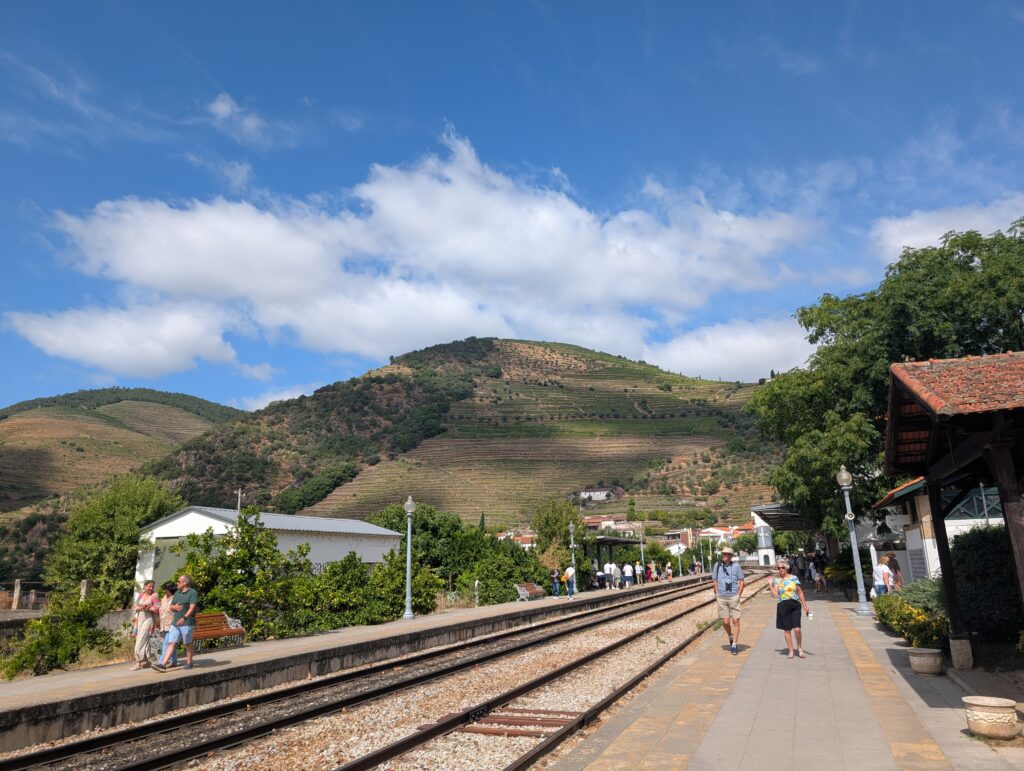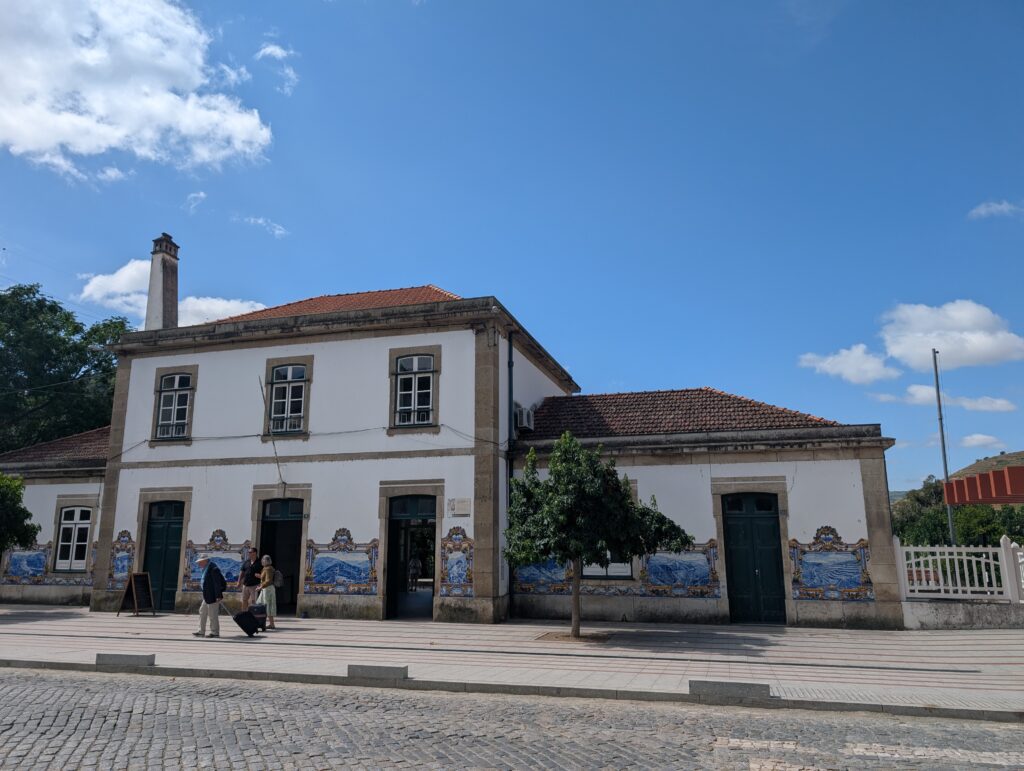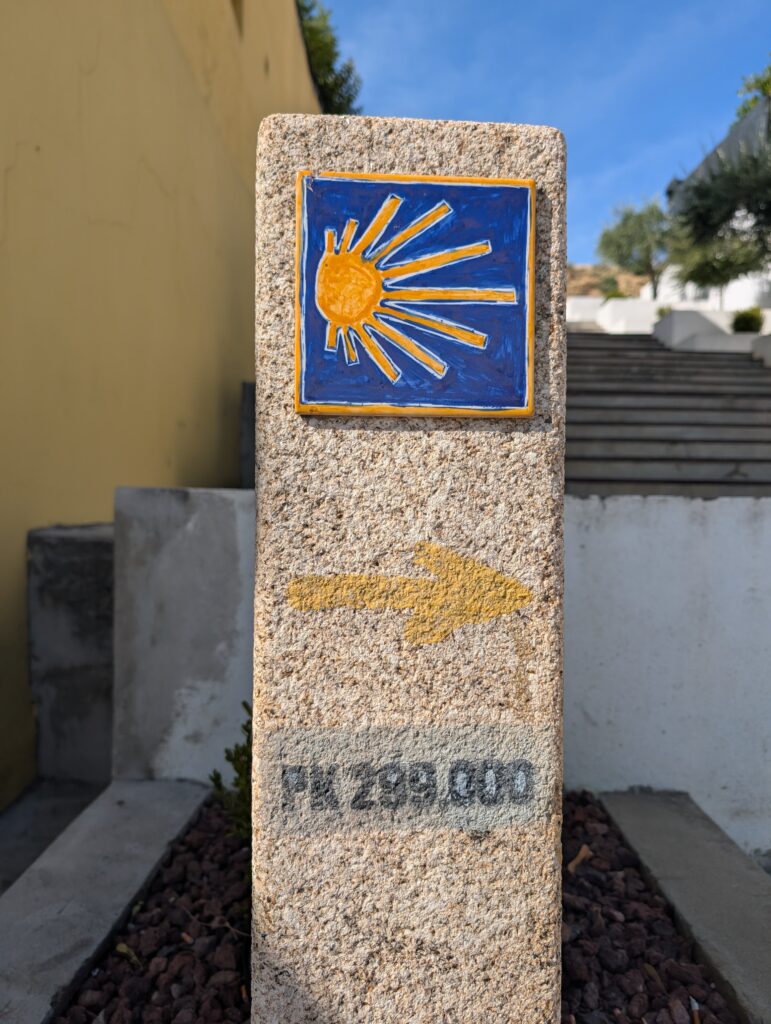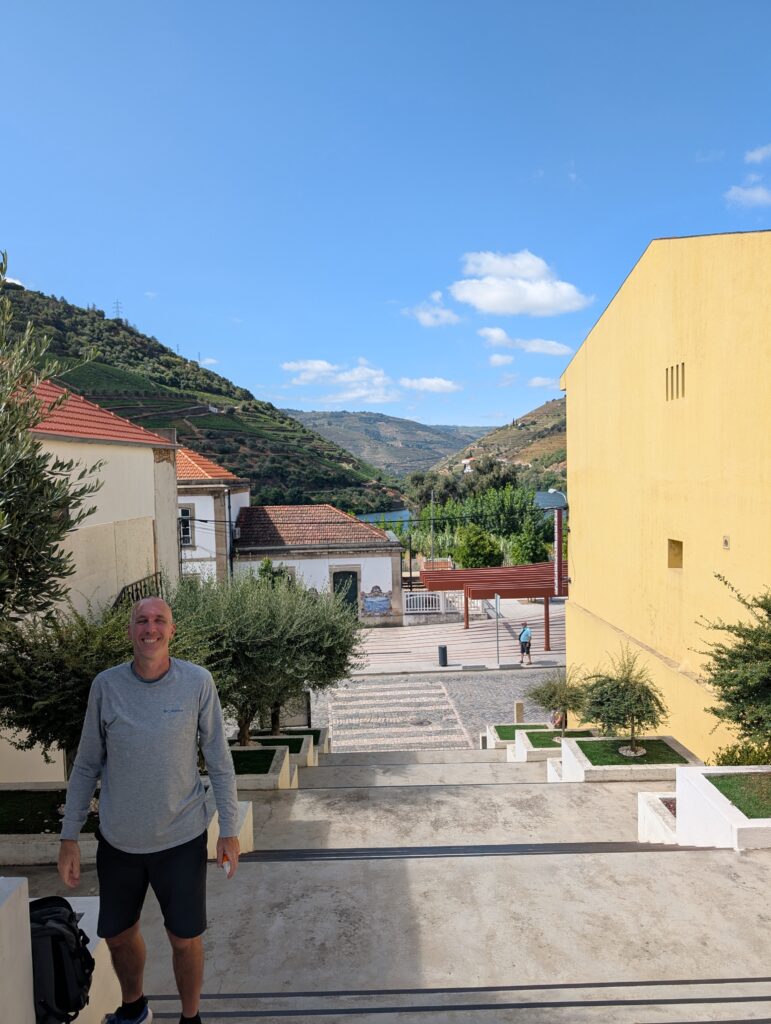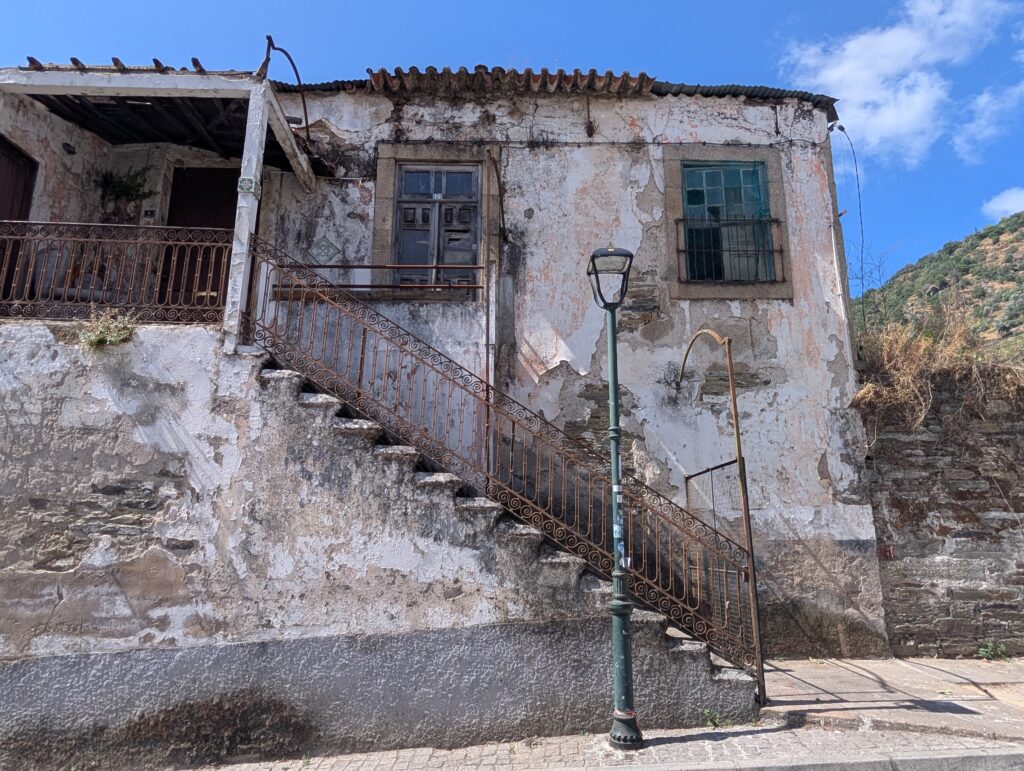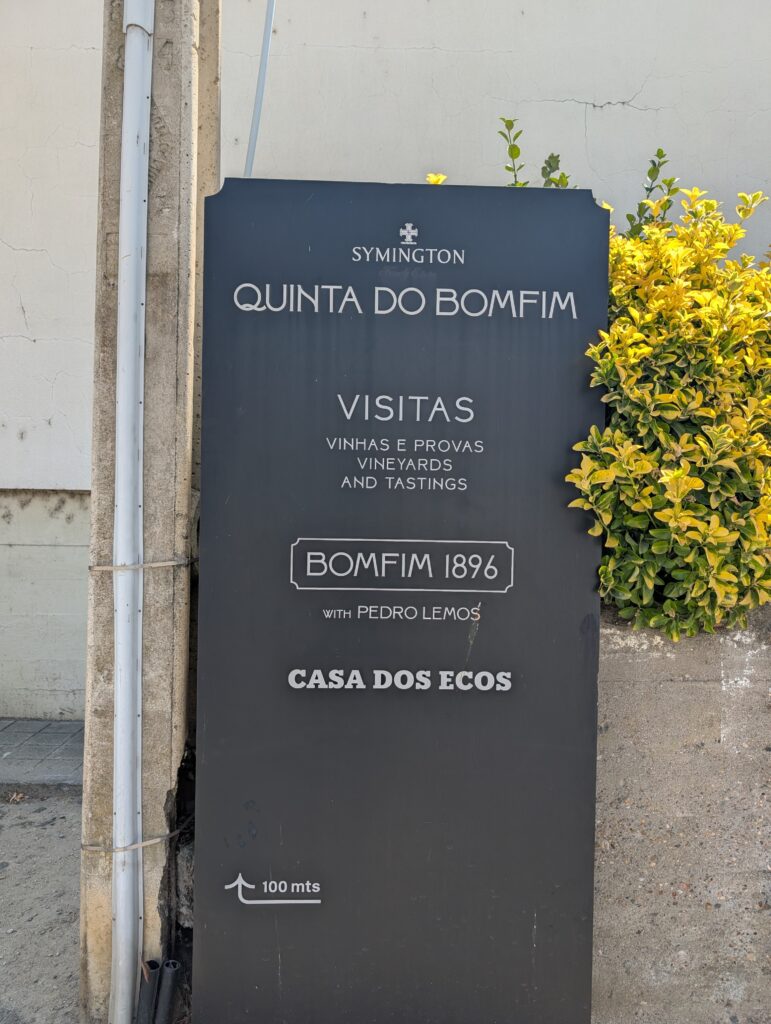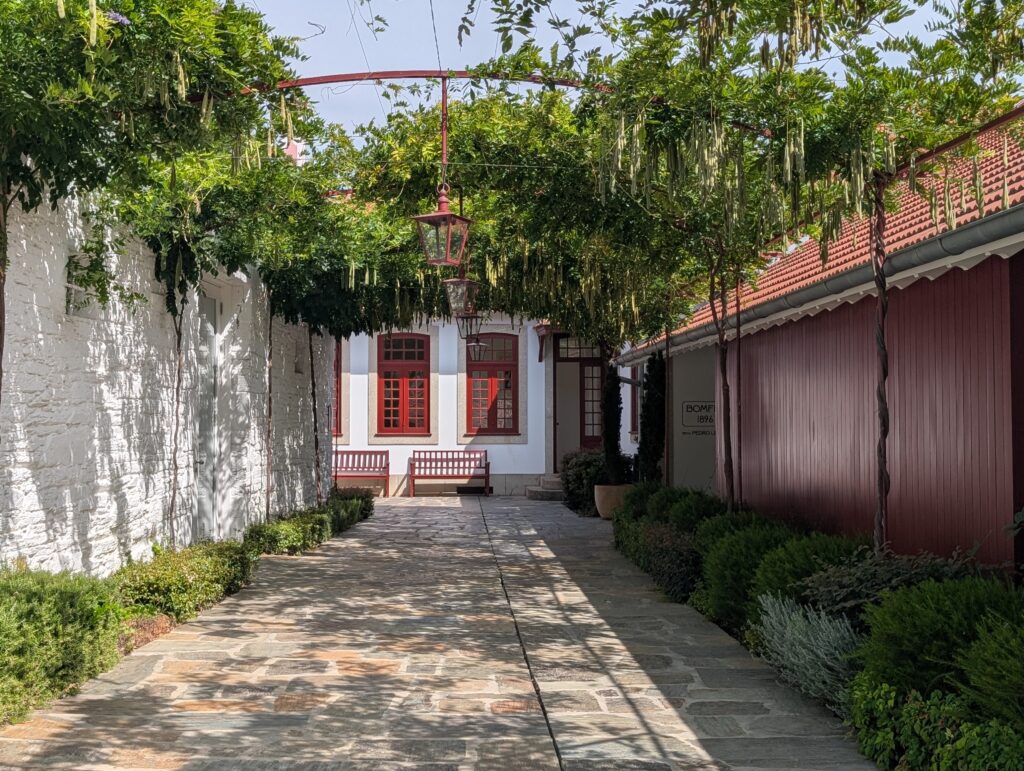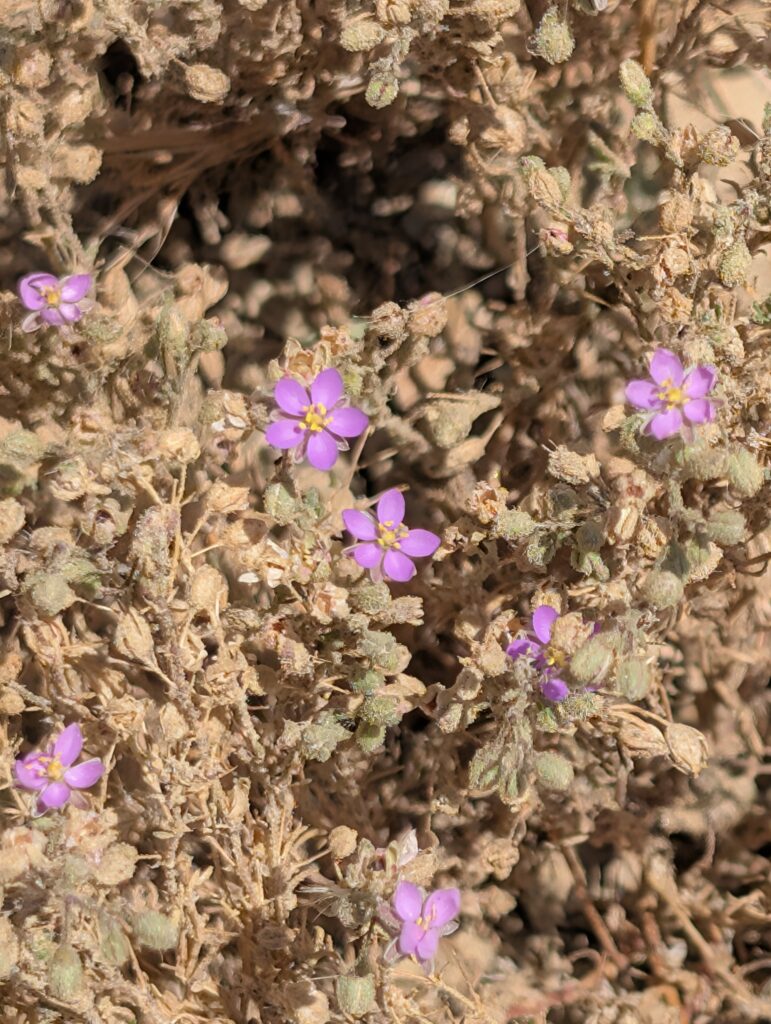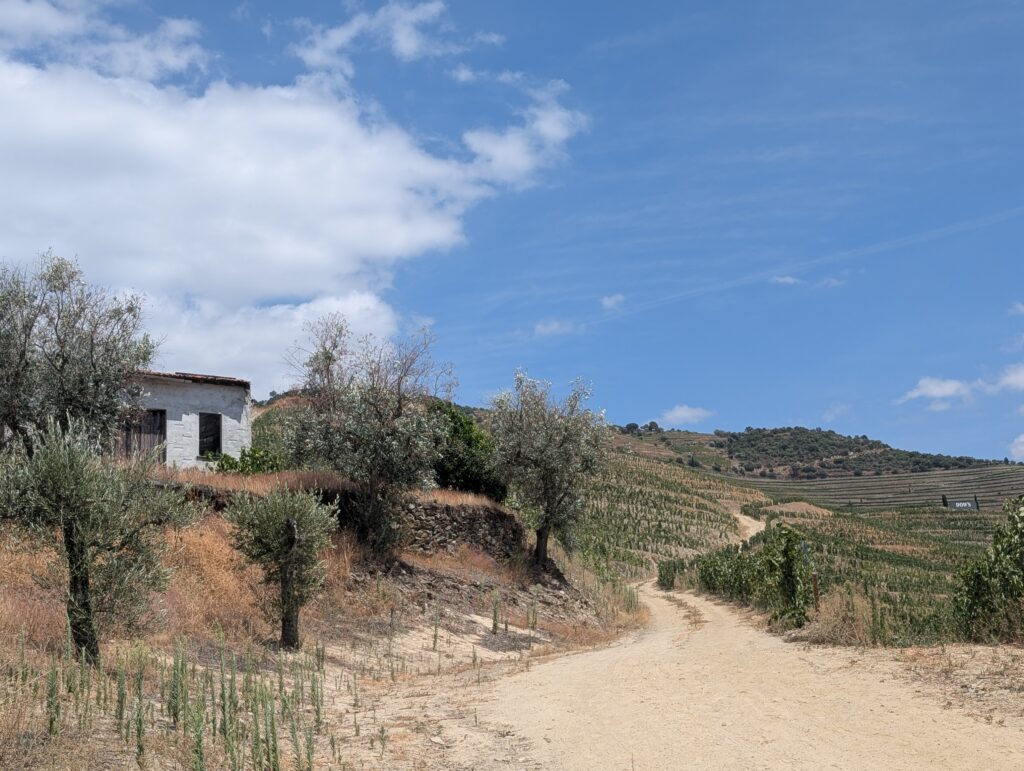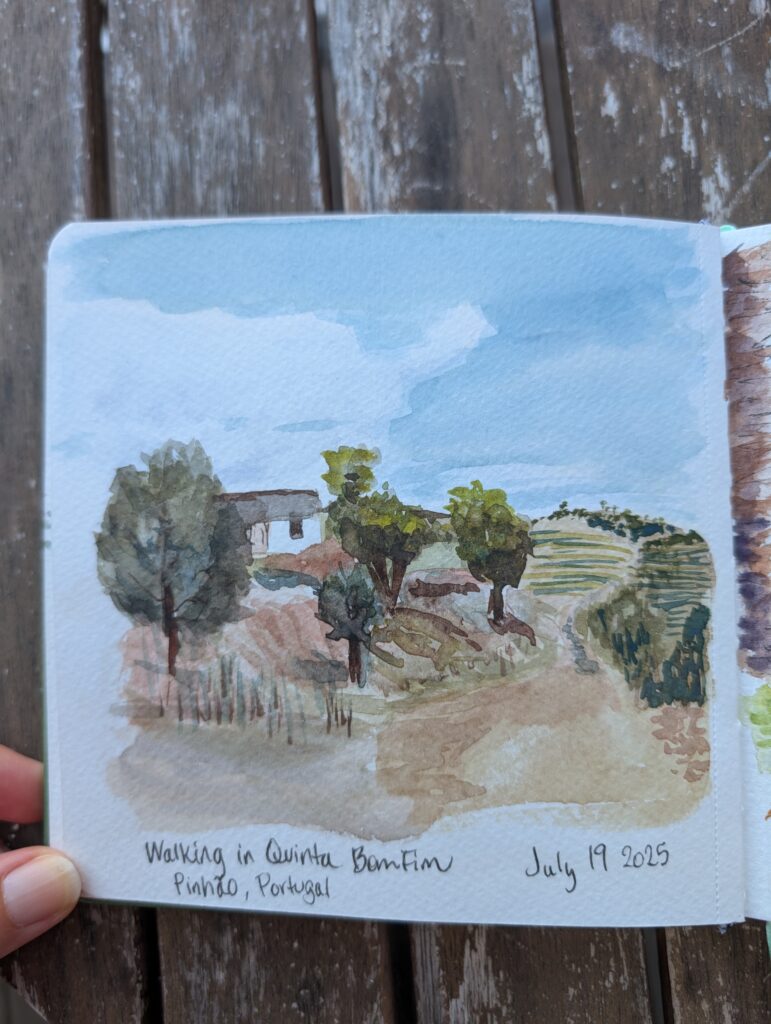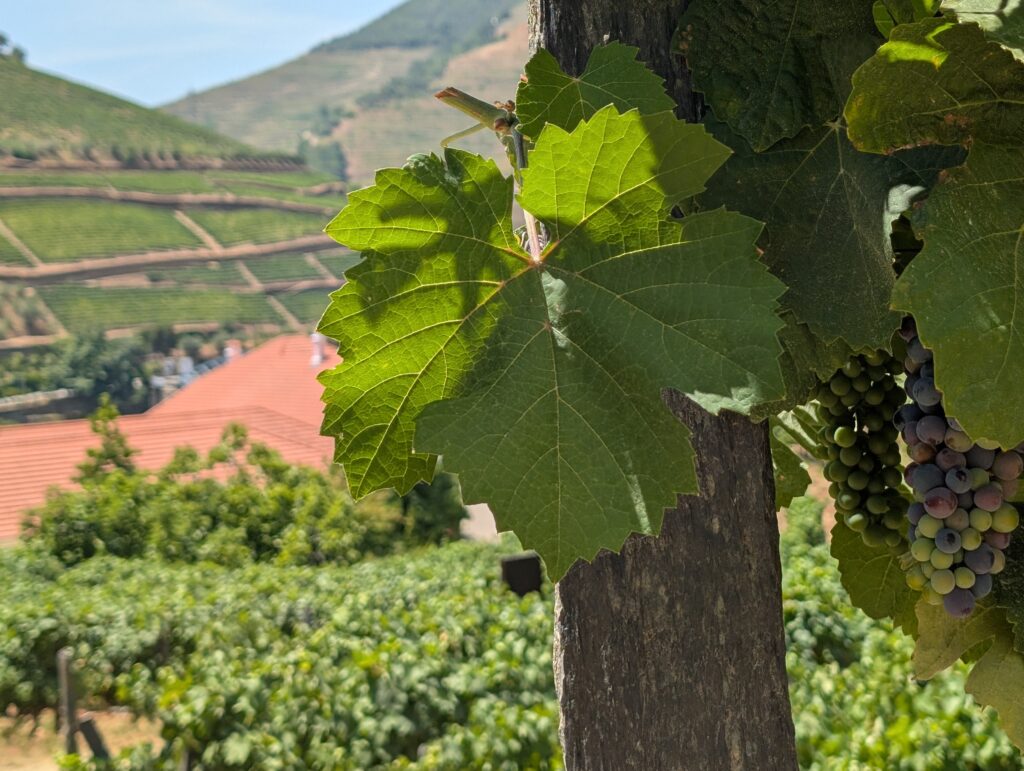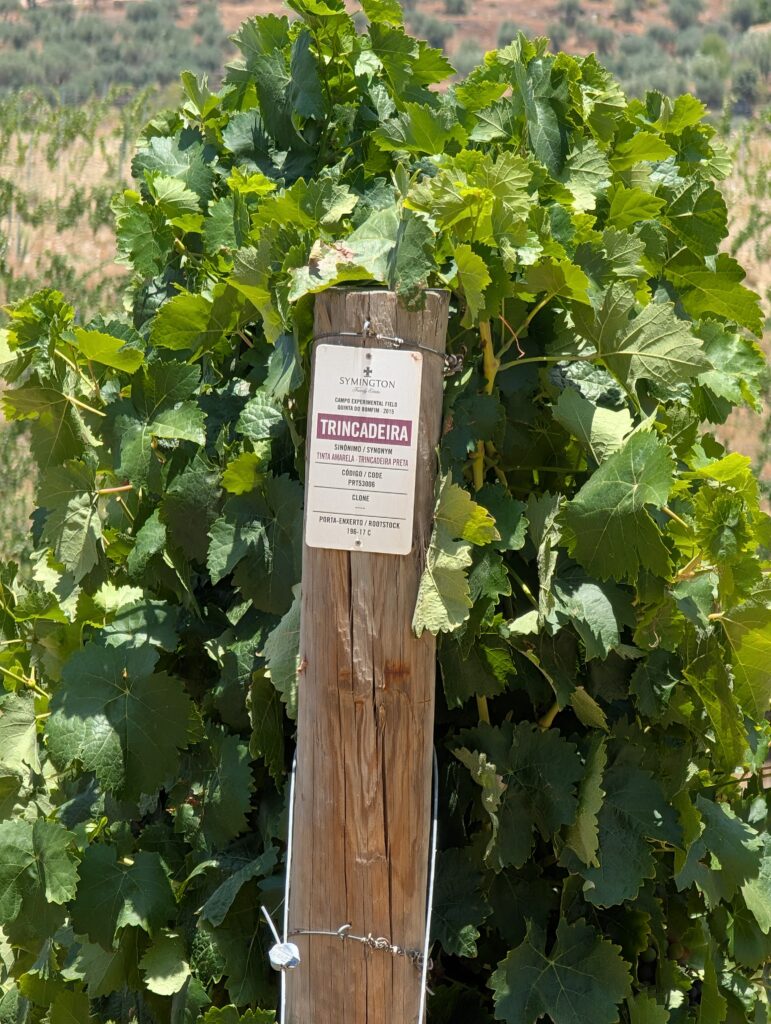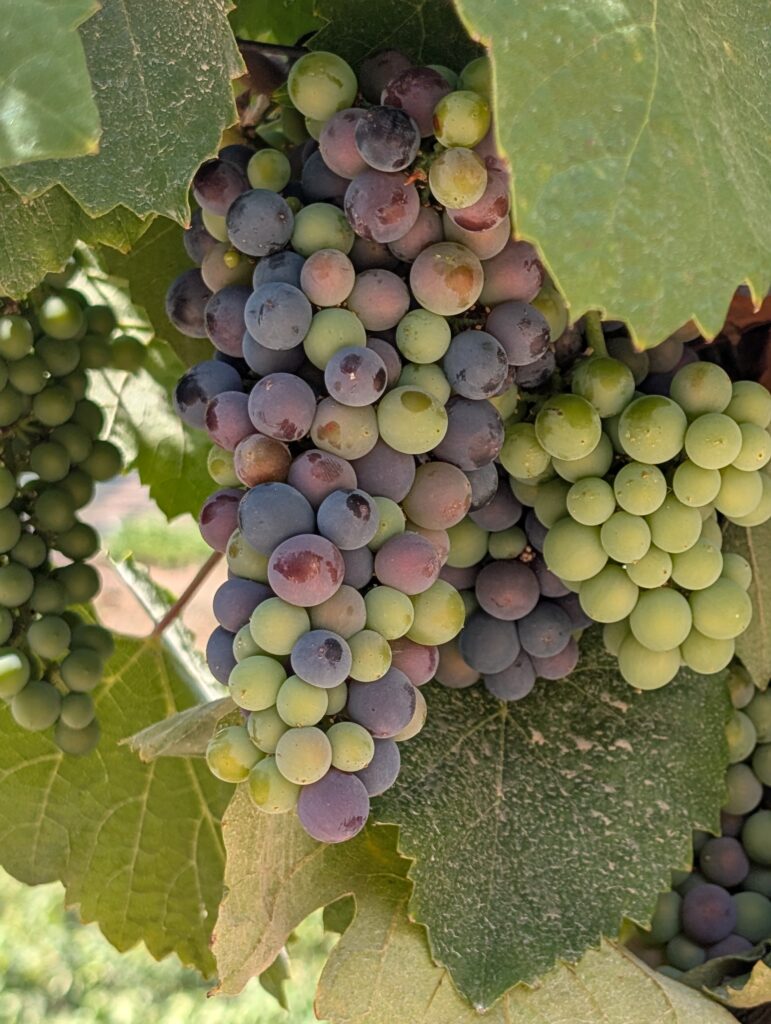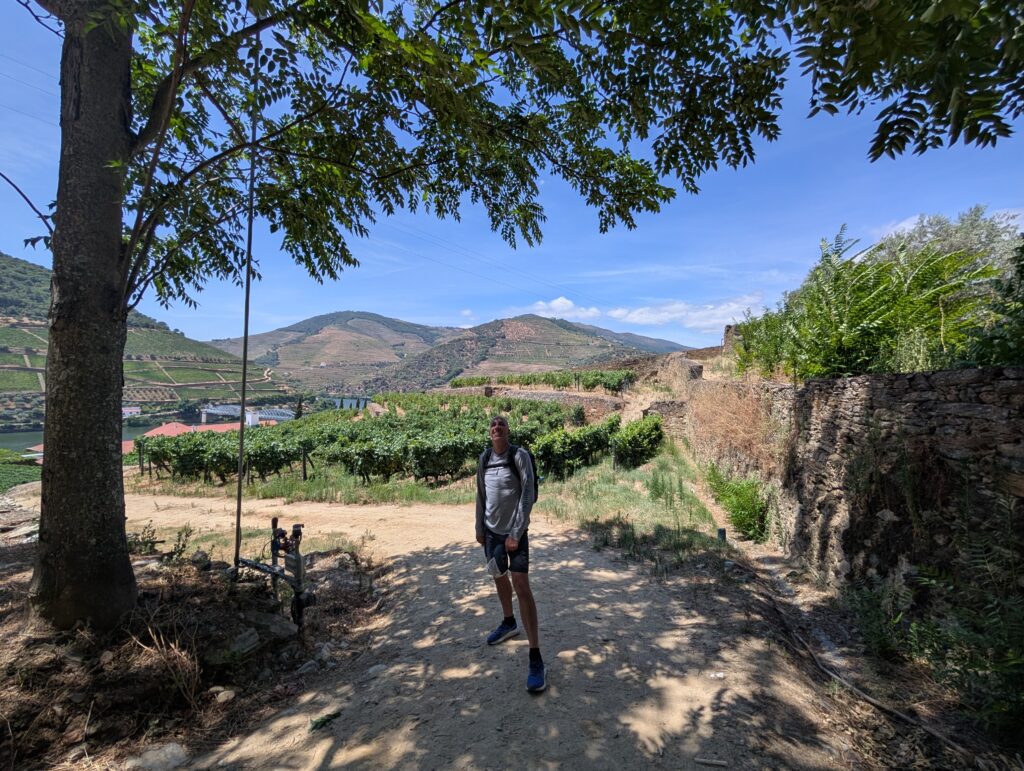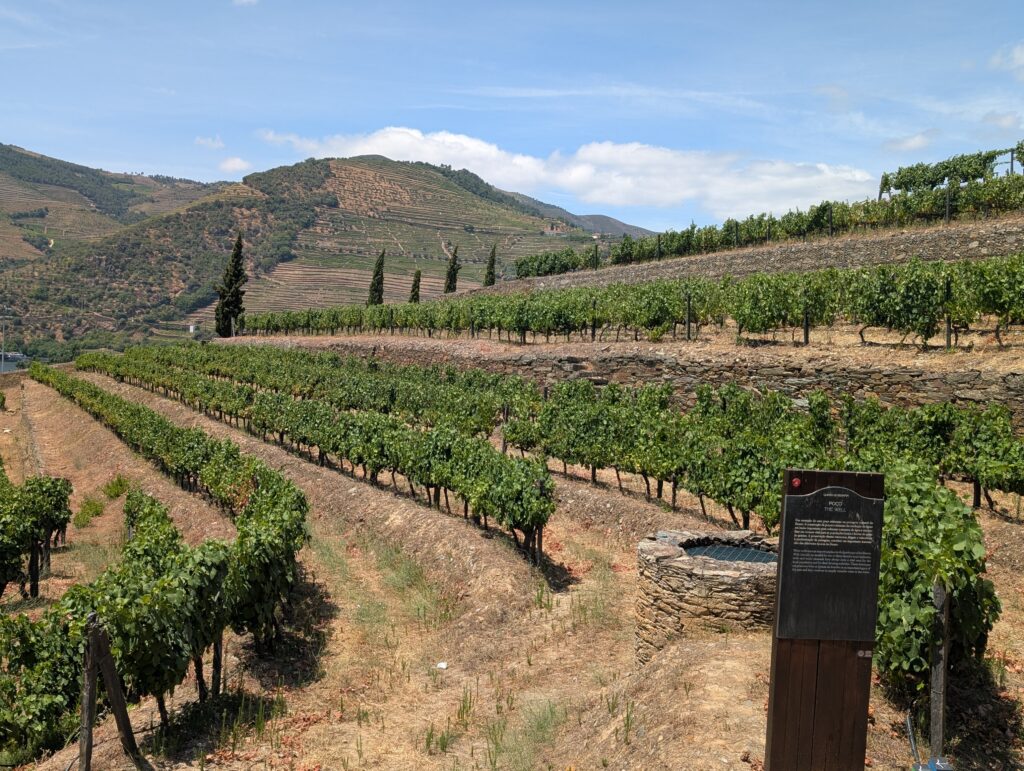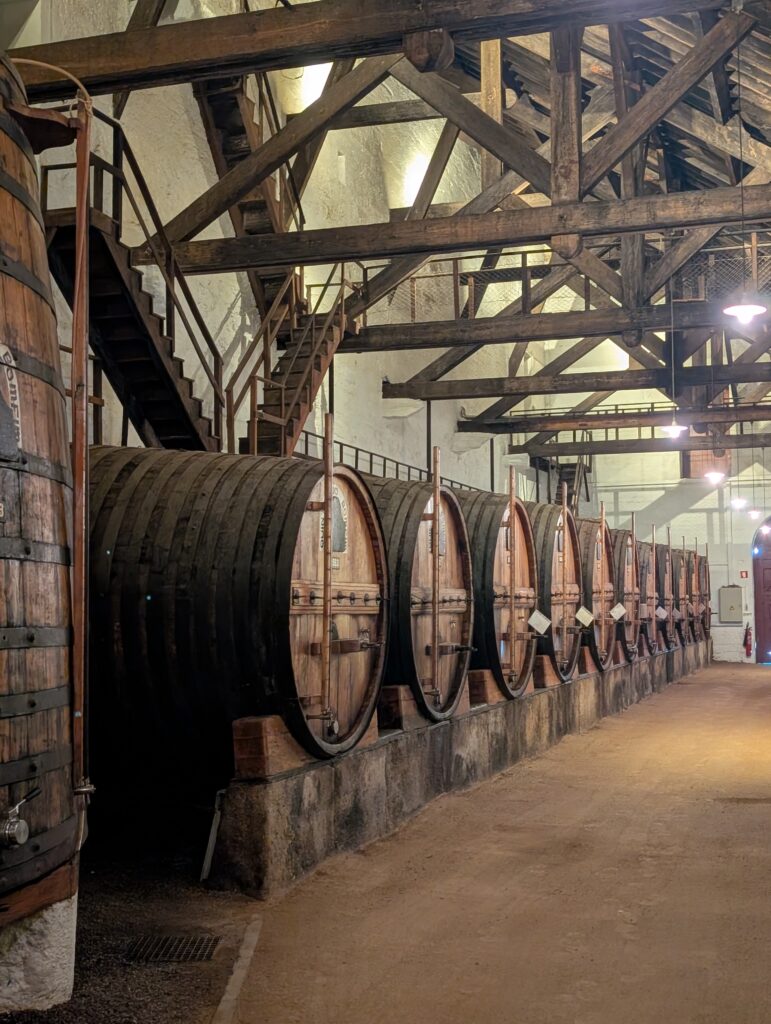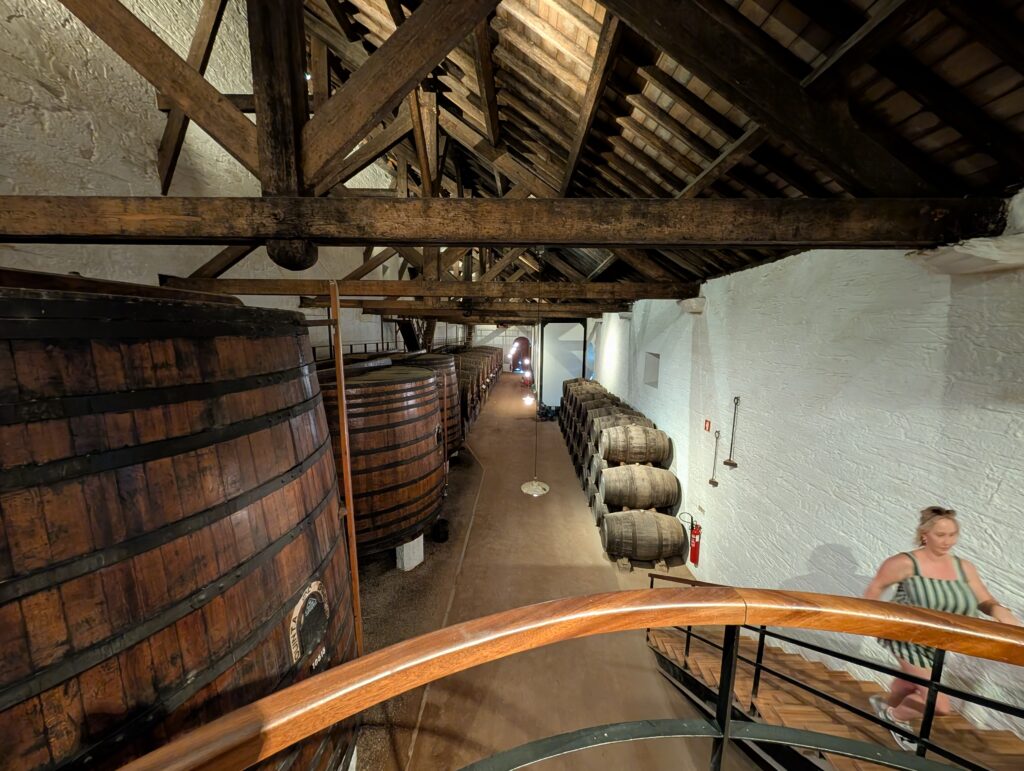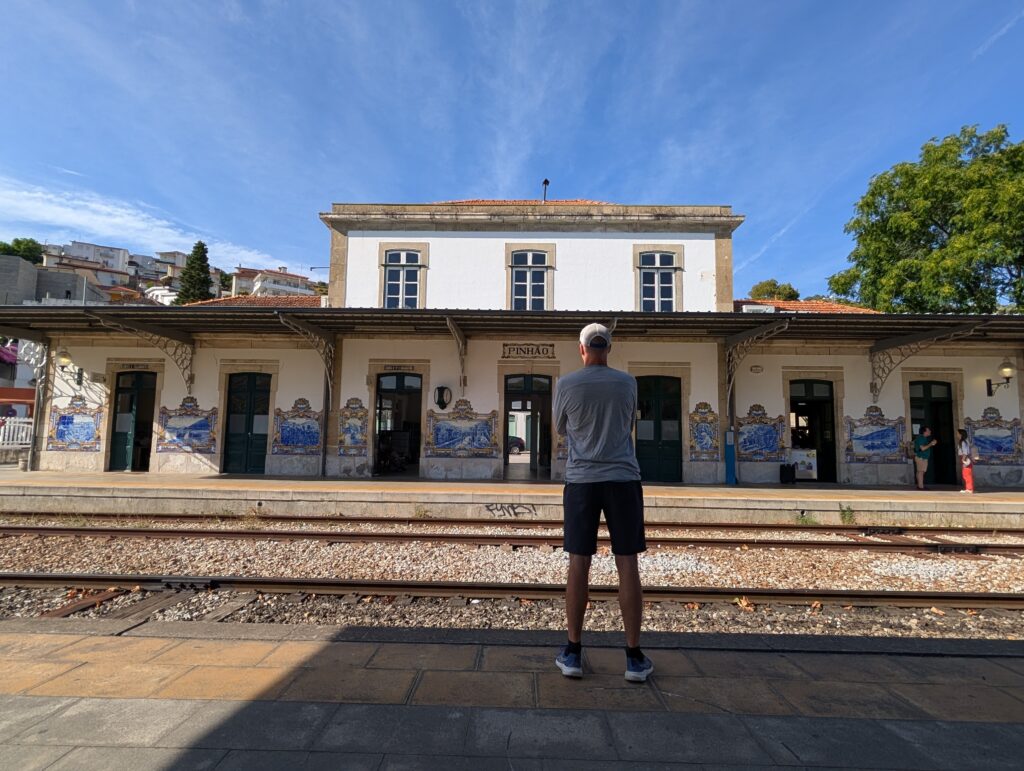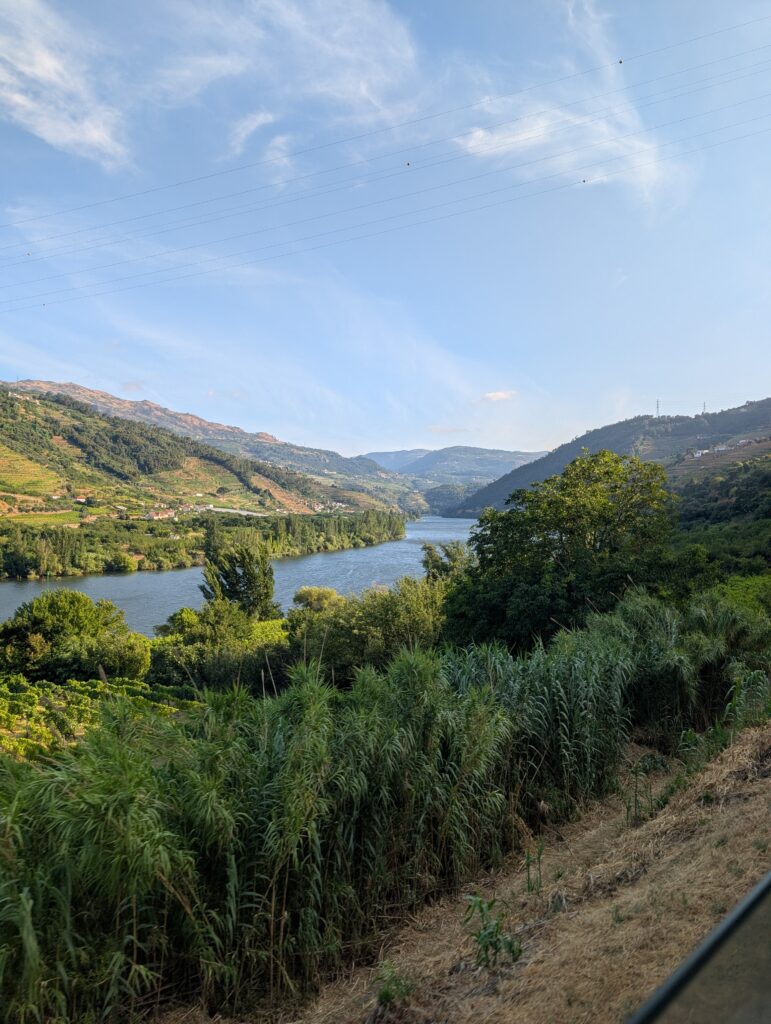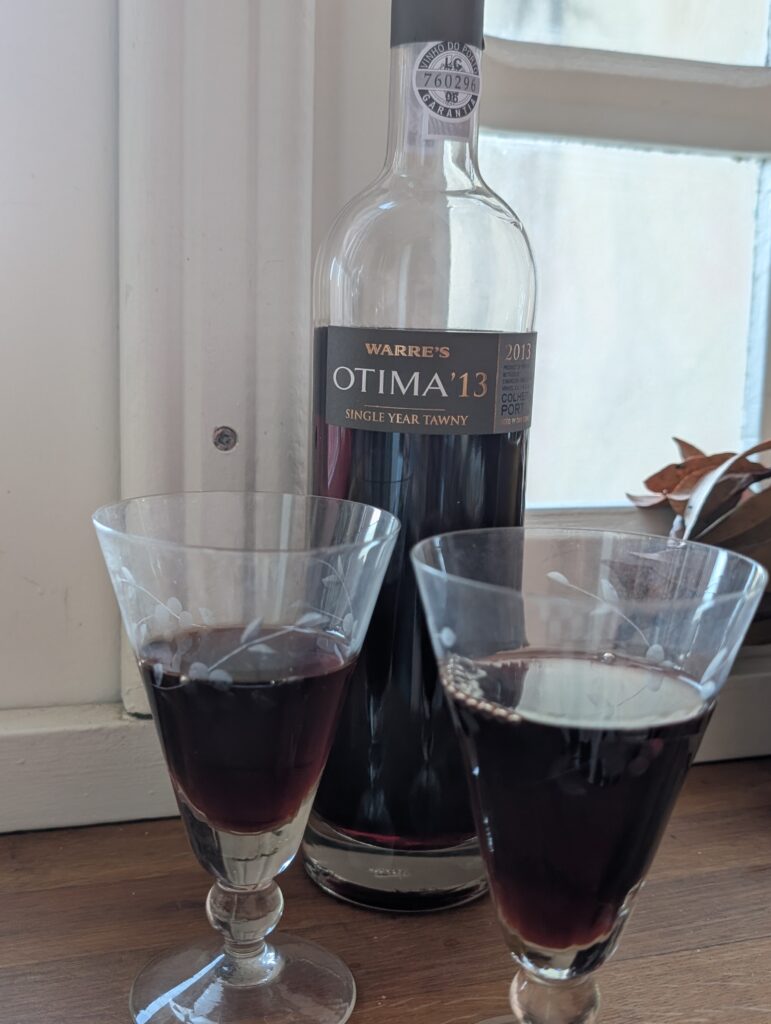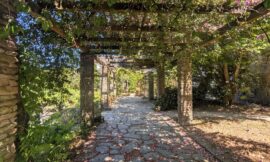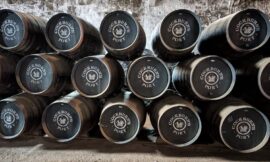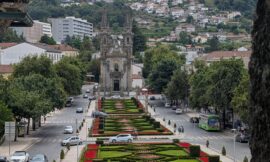At the brilliant suggestion of our AirBNB owners, we scheduled a day to take a train trip up into the Douro valley. We knew the valley was there, and of course knew vineyards were up in it, but our disinterest in any kind of group thing and the distance involved just hadn’t been something we’d focused on figuring out. Their suggestion was to take a train along the river to Pinhao and visit Quinta Bomfim. And that is exactly what we did. Thank goodness.
It was an easy walk to the Sao Bento train station in central Porto. This station has an amazing interior, having been built in the Beaux-Arts style with around 20,000 tiles dating from 1916. They are working on a new red subway line all across the city with construction in lots of key places, including right in front of the Sao Bento station. Makes it a little tricky to get into it. As you approach it you definitely get the “can’t get there from here” feeling.
The trains here are extremely prompt, comfortable and clean. It was a two and half hour ride in total to Pinhao, but after about an hour the train is right along the Douro River. The views are astounding and get better as you get further into the wine country. Romans, and maybe folks earlier than that, figured out you could terrace the hills and the climate is perfect for grapes.
What we learned at the winery is that after the last ice age, all the hills became isolated islands where different species of grapes flourished. Thus there are around 200 species of native grapes in Portugal, and upwards of 120 in the Douro Valley alone. The terraces are on both sides of the river and because they follow the contours, you get all sorts of microclimates. We also learned that there are three main mountains between the wine growing area and the ocean that, for the most part, blocks the humid ocean air.
The Douro has three main subregions: Baixo Corgo, Cima Corgo, and Douro Superior. Each have their own characteristics. We were in the middle of hte Cima Corgo at Pinhao where most of the quintas (vineyards) are and where some of the best wines are produced. All of this is actually really interesting so if you are a nerd about terroir I encourage you to do more reading on all this variety.
So, yes, Port is the big deal in northern Portugal and you can read about our tour of Cockburns Port house here. Since we already did a port tasting there, we opted for the wine tasting option at Quinta Bomfim. Three excellent wines, one white and two reds. Gorgeous spot and again, we were encouraged to stay as long as we liked at the end. Leaving through the gift shop we finally bought a bottle of port to have at our rental. Chose Warre’s (under the same Symington family umbrella as Cockburns and several other labels) and a single vintage option from 2013. Seemed a good choice and something it would be hard to find and as affordable in the States.
Last thing I’ll say about port that I learned is that typically when you buy a bottle of Ruby or Tawny, you are getting something that should taste exactly the same as the same one you bought a year or two before. They constantly mix wines and control aging and blending to produce a consistent product. Very different it seems to me than wine where there is a bit more ‘seat of the pants’ hopefulness in the grape/weather combo. But then, I may be way off here.
